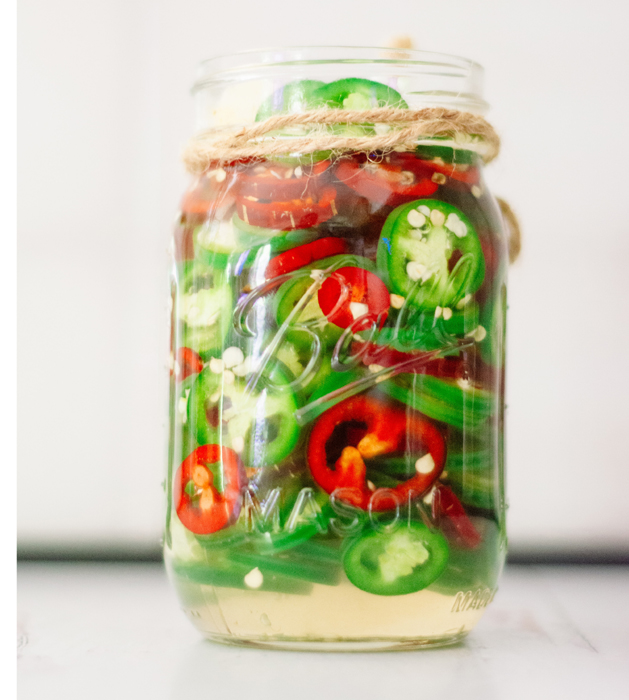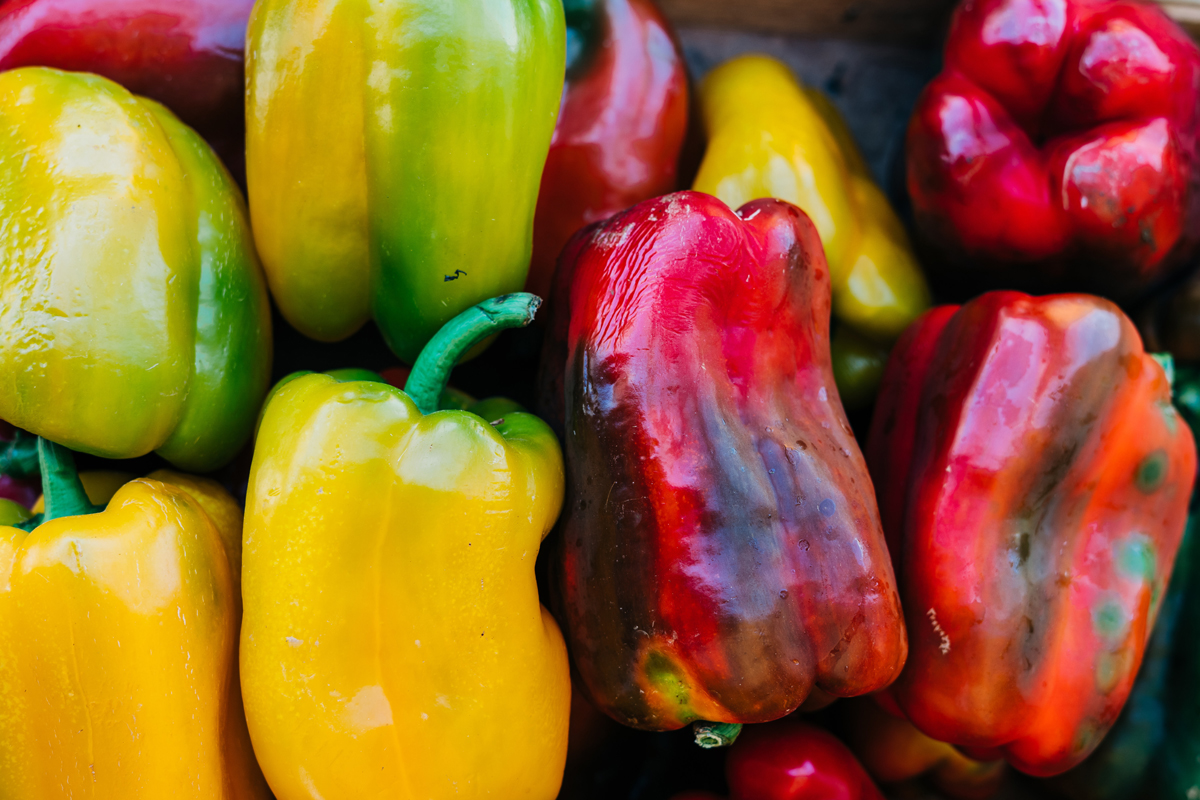The early pioneers, persevering through harsh terrains and unpredictable climates, relied heavily on their resourcefulness and adaptations to survive. Among the abundant crops they cultivated, peppers emerged as a versatile and valuable vegetable that offered both nutritional and cultural benefits. To ensure a year-round supply of this vibrant produce, pioneers devised ingenious methods to harvest, store, and preserve peppers. In this article, we embark on a journey back in time, exploring the fascinating practices of the pioneers in harvesting and utilizing the delicious pepper crop.
Harvesting Peppers: A Labor of Love
Peppers were a prized harvest for pioneers due to their explosive flavors and diverse uses in the kitchen. As the summer harvest approached, pioneers would diligently tend to their pepper plants, allowing the fruits to ripen to their vibrant red, orange, or yellow hues, signaling their peak flavor. With great care, pioneers would pluck the peppers from the plants, ensuring not to damage the delicate flesh in order to preserve the flavors to their fullest potential.
Storing Peppers: From Root Cellars to Mason Jars
To sustain their households during long winters or when fresh produce may be scarce, pioneers relied on various storage methods. Root cellars provided an ideal environment for preserving peppers. These cool and dark spaces allowed for a prolonged shelf life, effectively slowing down the ripening process. Peppers were carefully arranged in wooden crates or baskets, ensuring proper ventilation and minimizing the risk of spoilage.

Preserving Peppers: Pickling, Drying, and Smoking
Pioneers honed their preservation skills to extend the lifespan of their precious pepper harvest. Pickling emerged as a popular preservation technique, wherein peppers were submerged in a brine of vinegar, salt, and spices. This method not only enhanced the peppers’ flavor with a tangy kick but also prolonged their shelf life, allowing pioneers to enjoy them year-round.
Drying peppers also became a common practice, as it provided pioneers with a lightweight and convenient storage option. Pepper strings were created by carefully threading whole peppers or slices with a needle and thread. These strings were then hung in well-ventilated spaces, often near a fireplace or wood-burning stove, where the warm and dry air would gradually dehydrate the peppers. This method allowed pioneers to savor the rich flavors of peppers even during the harshest winters.
Additionally, smoking peppers offered a distinct flavor profile and heightened longevity. Pioneers would expose halved or sliced peppers to dense smoke for several hours, infusing them with a smoky essence while drying them simultaneously. Smoked peppers would provide an earthy flavor to soups, stews, and sauces, elevating the overall culinary experience in the pioneer kitchen.
Historical Significance and Food Sustainability
Peppers were not merely a staple crop for pioneers; they also played a profound role in their culinary traditions. The preserved peppers offered a burst of flavor, vibrant color, and much-needed nutrition during tedious winters or on long journeys. The inventive preservation methods adopted by pioneers ensured their self-sufficiency and contributed to food sustainability in an era devoid of modern refrigeration and shipping capabilities.
Pioneers unlocked a world of culinary possibilities through their resourcefulness in harvesting, storing, and preserving peppers. From root cellars to pickling jars, and from drying strings to smoky flavors, each method represented their determination to make the most of nature’s bounty. As we admire the pioneers’ techniques, we discover valuable lessons in food sustainability and appreciation for the rich history encapsulated within the vibrant world of peppers.
The Author:
Pioneerthinking.com – Ingredients for a Simple Life.
Photo. Clare Marino,Thembi Johnson
